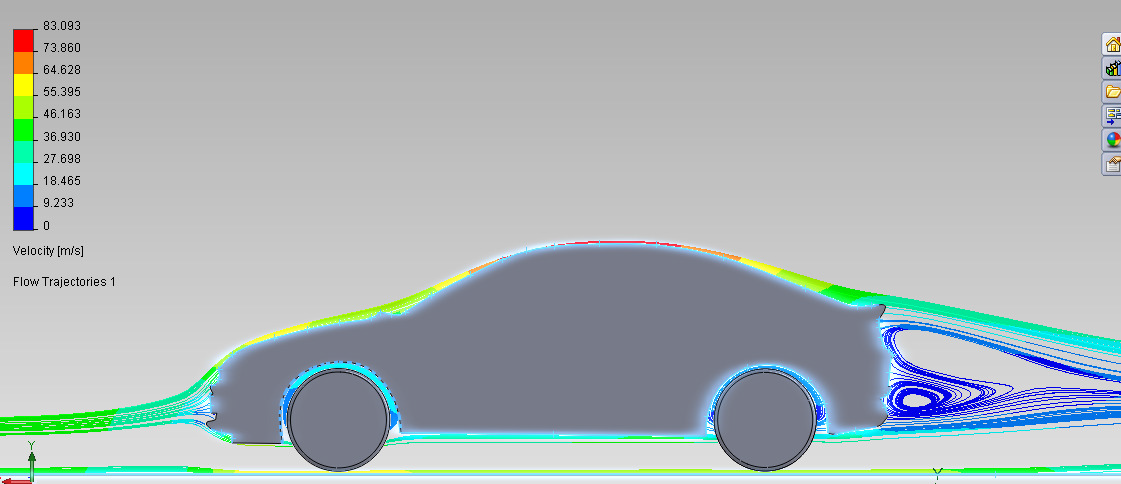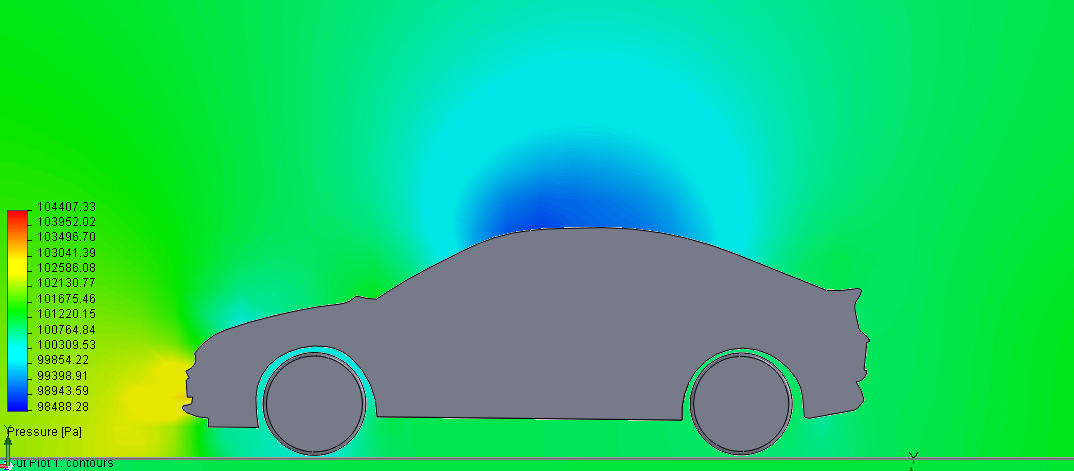Sjoerd
Member
Hiya,
Over the last year or so I have made a lot of calculations/simulations on the Puma's aerodynamics. I wanted to figure this stuff out before I could start a dynamic simulation of the vehicle on track. Here I will post the results I found. As it has become a rather large document I will take a few days to translate for you.
Please note: I am convinced the values are close, however as I needed to simplify my model they are definately not exact.
The Dutch version of my report:
https://drive.google.com/file/d/0B5ppq8KytvZ_bHFOREZGTkFfMFU/view?usp=sharing" onclick="window.open(this.href);return false;
Over the last year or so I have made a lot of calculations/simulations on the Puma's aerodynamics. I wanted to figure this stuff out before I could start a dynamic simulation of the vehicle on track. Here I will post the results I found. As it has become a rather large document I will take a few days to translate for you.
Please note: I am convinced the values are close, however as I needed to simplify my model they are definately not exact.
The Dutch version of my report:
https://drive.google.com/file/d/0B5ppq8KytvZ_bHFOREZGTkFfMFU/view?usp=sharing" onclick="window.open(this.href);return false;




